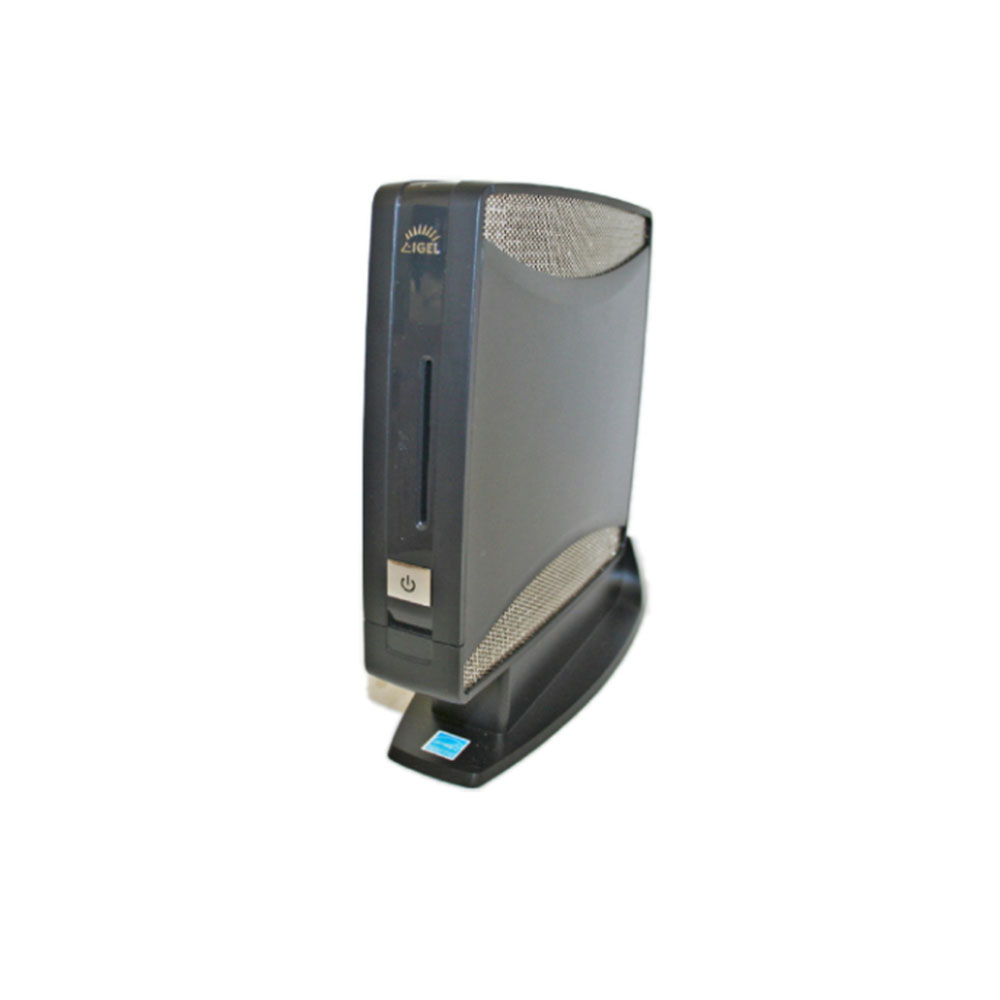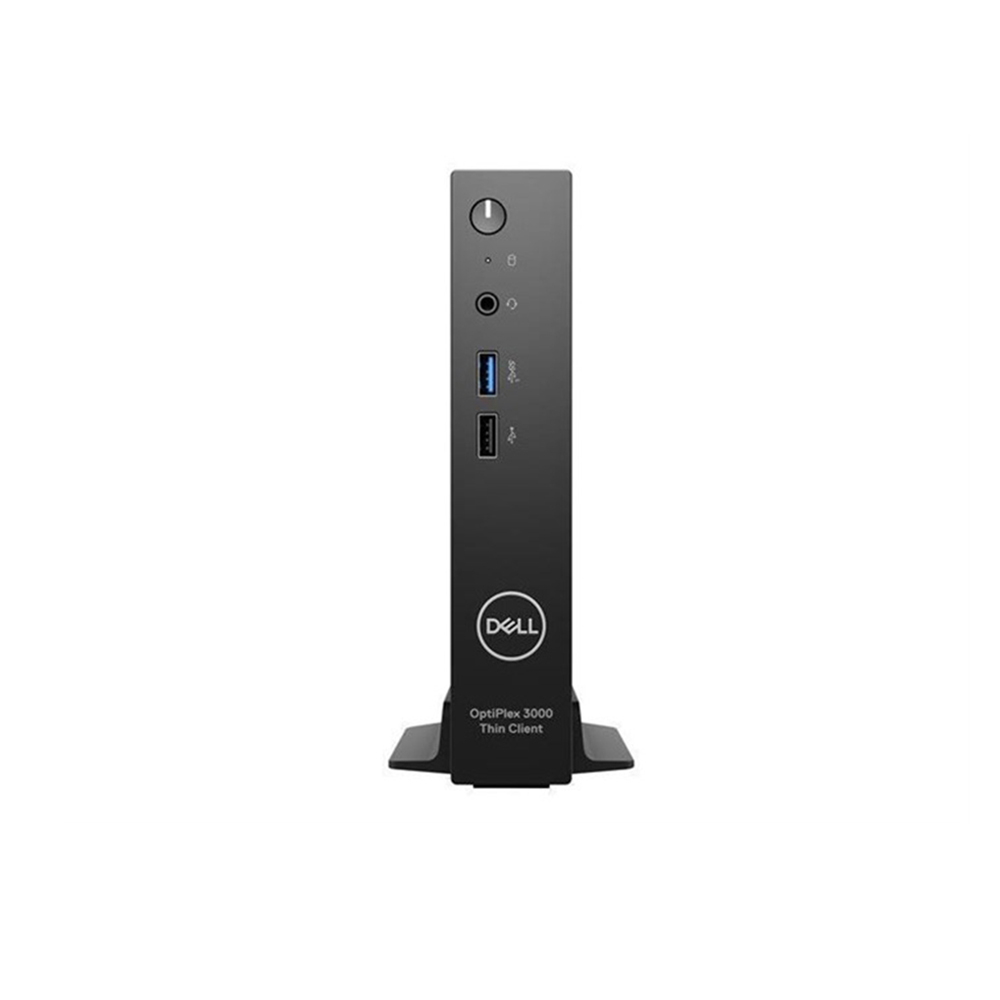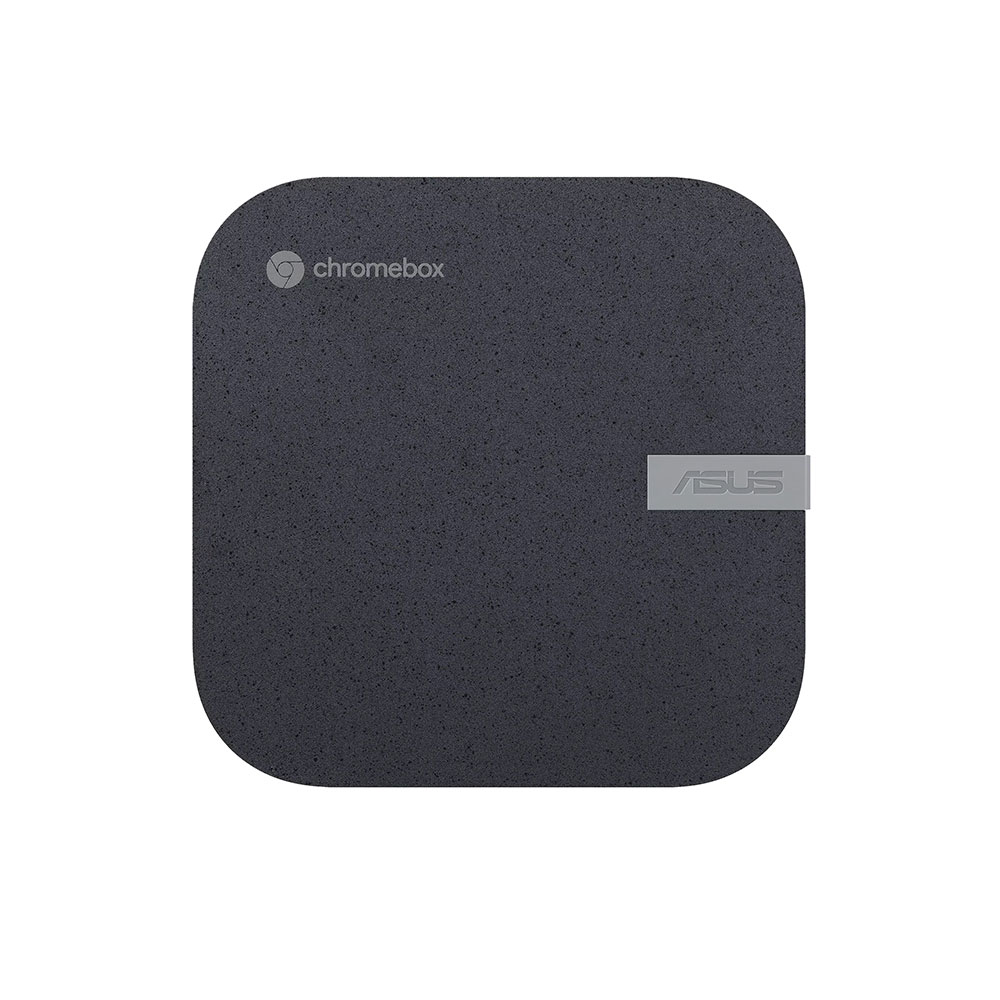Choosing the Right Thin Client Desktop PC: Factors to Consider
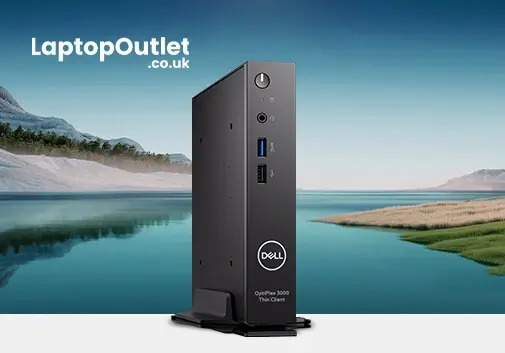
So, you've found yourself in the market looking for a Thin Client desktop PC and are overwhelmed about where to start. Fortunately, you're in the right place.
This guide has standards and features that can help you narrow your selection and get the most out of your VDI environment.
With the expansion of automation, virtualised computers, and remote work, the need for a Thin Client workstation has grown significantly. These lightweight and portable computing devices rely on the host machine for most of their storage and processing demands. The host machine can be a virtual or traditional computer and handles tasks like running applications, managing user accounts, and storing files.
Thin desktop PCs offer several key benefits over traditional computing devices, such as enhanced connectivity, robust security, easier IT management, and low hardware costs. However, selecting the Thin Client endpoint is not a one-size-fits-all endeavour. You need a comprehensive knowledge of your business requirements and a keen understanding of the available options.
From exploring the architecture of Thin Clients to its benefits over traditional desktop computers and elements you should consider as you work to get you to your ideal Thin Client to the best Thin Client desktops available in the market – we will cover everything in this article!
What is Think Client Desktop PC?
Thin Client are lightweight computers that offload most of their work, such as application launching and data and data storage, onto your central server. A few years ago, these "dumb terminals" were smaller than keyboards and monitors. However, the latest Thin Client models are more powerful than traditional desktop PCs, with high-performance processors, RAM, and operating systems to help handle Client and server workloads. These PCs rely on resources stored on a centralised server. They quickly access and display sensitive data, software, and memory by connecting to the remote server VID environment.
What Factors to Consider When Buying a Thin Client Desktop PC?
When buying a Thin Client Desktop PC for your company, you should carefully evaluate a few factors to ensure that the chosen solution meets your needs efficiently—all of the factors listed below impact user experience and overall productivity.
Get a Thin Client that Can Satisfy Your Evolving Needs
Our computing needs are evolving day by day, and so are the computing devices. The use case you purchase your Thin Client for today may change after two or more years. That's why you should buy a long-lasting device that must meet the growing technological needs for at least 8-10 years. You can go with a slightly higher budget on Thin Client to add more years and avoid future performance frustration and use cases coming your way.
Processing Power
To enjoy a seamless and comfortable user experience, you must clarify the hardware options available for a Thin Client. The first option narrows down to the processing power. Because the host computer handles most of the intensive processing tasks, you don't need high processing power in a Thin Client device.
Most Thin Clients are built to be simple, reliable, and cost-effective. They often have limited memory, a rudimentary processor, and limited storage capacity. Most Thin Clients in the market can easily handle office applications, including word processing, email, and web browsing.
Your exact performance needs depend on different factors like the type of application you're going to run, the complexity of the tasks you'll perform, the workplace where you have to put your Thin Client, the required resolution, and the number of accessories you'll link with it.
Graphics
Thin Clients come in different graphic cards and drive options. If you are a content creator dedicated gamer, you must ensure that the endpoint can support the graphics. While the server (and likely the GPU) handles most of the graphical tasks, some of the work is done on the endpoint itself, so the endpoint must be capable of handling this.
You may seek a more capable Thin Client device if you run graphically intensive applications or require a high refresh rate. Unluckily, not all Thin Clients include 4K graphics or 2 to 3 monitor capabilities, so you must check this before purchasing.
Portability
As discussed earlier, Thin Clients are smaller form factors and easy to carry or set up with the addition of a monitor, keyboard, and mouse. With a few software updates, you can also convert your traditional PC to Thin Client.
Additionally, Thin Client desktop PCs come in many form factors, such as small desktops, zero clients, and cloud clients. So, if you are a remote worker, traveller, or business professional, look for a Thin Client PC with low weight and light design.
Physical Peripheral Support
Customers frequently choose Thin Client endpoints without considering their changing needs, particularly regarding I/O connectivity devices like printers, scanners, and signature pads.
When choosing any Thin Client station, it is essential to examine the present and possible peripherals you intend to connect to it and incorporate this in your testing process, especially when switching to a Linux-based operating system. You can take the Thin Client's vendor's help in assuring seamless compatibility and functionality of these peripherals.
Remote Management
Remote management is one of the key reasons to move to Linux-based Thin Client endpoints. Many Thin Client vendors provide remote administration consoles that vary in depth and complexity. Most of these suppliers allow you to securely access and modify your devices anywhere in the world without a VPN.
Likewise, many of these consoles offer reporting and visibility into many elements of endpoints and the end-user experience.
You have to analyse each of these management solutions to see if they're easy to use and provide the level of control and visibility you need. As the remote management tool is essential to the overall Thin Client solution, you must evaluate it thoroughly. Many providers provide a free trial of their management solution. Still, it's worth noting whether the management application is free or at a cost, whether the management application fulfils your needs, or whether it is simple and intuitive to use
Operating System
The majority of Thin Clients come with Linux-based operating systems. Some include Windows operating systems like Windows 10 IOT. However, the Linux approach is ideal for a robust security and maintenance perspective.
It's critical to consider the maintenance costs of the Thin Client operating system. Remember to review the vendor's policy on major updates and releases. Many vendors may charge for such updates on top of regular maintenance fees. Remember that you'll rely on the Thin Client operating system long, so long-term planning is essential.
Is a Thin Client Better than a Desktop Computer?
The answer is yes! In various scenarios, a Thin Client computer is a highly efficient endpoint alternative for a personal desktop computer (PC). It is a superior computing solution because it can simplify constructing a virtual desktop infrastructure (VDI).
When you use a Thin Client setup, you can create new workstations for remote and in-house personnel at a lower cost than supplying each user with a dedicated desktop. Under the hood, it can centralise your security measures by protecting the server to which the various Thin Clients are connected.
Here are the benefits of a Thin Client over a traditional desktop PC:
Cost Savings Up to 70%
It is more affordable to get a Thin Client than a bulky desktop computer. Thin Clients do far less work than regular PCs since they have limited hardware requirements. They often need a high-end graphics card or an expensive hard drive for storage and have less memory than a standard PC. These components are expensive.
As discussed above, there is less need for additional hardware, so you don't have to pay extra for maintenance and repairs. Thin Client desktop PCs also use less electricity and are less expensive to manage due to their smaller form factor.
So, in this way, Thin Client brands up to 70% cost reductions over conventional PCs because they do not have to invest as much in procuring the numerous components that a standard PC requires.
Built-in Security
Thin Clients are the best choice for business professionals, thanks to their numerous built-in security features. Thin Client desktops do not store data locally, so there is no risk of unauthorised access in case your device is lost. Also, features like disaster recovery and backup administration are centralised into these desktops, easing data loss concerns.
When running software, Thin Clients have limited capabilities; authorisation is necessary at the server level. This means that even if numerous users unintentionally launch downloads of various malware, the same firewall protecting the server to which each Thin Client is connected can prevent them all.
In addition, hackers or cybercriminals cannot attempt to save data infected with malicious code on the Thin Client; it must be kept on the server. If the server is effectively protected, it becomes easier to avoid the entrance of malicious code, protecting all Thin Client users from discomfort caused by mistakenly installed malware.
Another good news is that as all the endpoints link to the same central server, you can easily monitor a system built on Thin Client architecture.
Higher Scalability
Thin Client desktop computers also provide an opportunity to expand your business by deploying virtual desktops. When your corporate policy allows it, the Thin Client architecture gives employees flexibility by enabling them to use their devices.
Additionally, the server architecture that serves the office's numerous Thin Clients can also serve as a fully competent virtual desktop foundation that streamlines the hiring of temporary staff, allowing them to become productive more quickly and efficiently.
Efficient Management
IT administrators can easily update and maintain the Thin Client software. Because Thin Clients are managed centrally, you can efficiently perform all maintenance activities without updating each device manually.
You can use batch updates or infrastructure as code tools to manage Thin Client environments, which isn't possible with traditional desktop computers. You may quickly grow the system by introducing more Thin Clients or increasing the resources available to the central system.
Energy Efficiency
Unlike standard desktop computers, Thin Client endpoints are compact form factors and include minimal hardware, so you don't have to pay several hundred pounds in electricity bills. Their components use less power than full-fledged PCs, thus contributing to saving energy and the environment.
Top 3 Best Thin Client Desktop PC to Get in 2023
Considering all the factors mentioned above, we have picked some of the best Thin Client desktop computers to help you make an informed decision.
These Thin endpoints are optimised for the latest desktop technologies such as VMware, Citrix, and Microsoft and harness the power of protocols such as Blast Extreme, PCoIP, HDX, HDX Premium, HDX 3D Pro, and RDP.
So, let's discuss them in detail.
IGEL UD3 UDBASE M320C(45-UD3-LX41-23BL-AG)
- 1 GB RAMLinux
- Black Colour
- 1-Year Warranty
- 45-UD3-LX41-23BL
The IGEL UD3 is ultraportable and compact, designed for business workers. Its space-saving design is perfect for remote setups, and favourable price and high energy efficiency ensure low total operating costs and a fast ROI, making it the best choice for budget-conscious buyers.
The IGEL UD3 UDBASE M320C has two serial ports and a WLAN or theft-proof USB interface to connect peripherals. Thanks to the consistency of dispensing moving parts, the devices work almost silently and are fail-safe with efficient heat dissipation.
Dell OptiPlex 3000 (4KXC5-AG)
- Intel Celeron Processor
- 8 GB RAM, 32 GB SSD
- Intel UHD Graphics
- ThinOS
- Black Colour
- 1-Year Warranty
- HR6JT
The Dell Optiplex is a versatile and powerful Thin Client. It is a small, sturdy, and dependable endpoint device that comes with three operating solutions to choose from. From a connectivity point of view, the device supports Wi-Fi 6E, a next-generation technology that brings you faster speeds and better performance, no matter where you have been sitting.
The Dell OptiPlex includes many security features such as an Intrusion switch, firmware TPM 2.0, standard security lock slot, Padlock loop, and Dell cloud client workspace software protection. You get a unified end-to-end deployment and management solution with the Wyse Management Suite (WMS). This allows you to manage your device from the cloud or the data centre, giving you more flexibility in your management strategy.
ASUS Chromebox 5 (CHROMEBOX5-G3103UN)
- Intel Core i3 Processor
- Mini PC Form Factor
- 8 GB RAM, 128 GB SSD
- Intel UHD Graphics
- Chrome OS
- HDMI, USB 3.2, Thunderbolt 4
- Black Colour
- 1-Year Warranty
The ASUS Chromebox 5 provides lightning-fast responsiveness and excellent performance, making it a productivity powerhouse. It is powered by a high-performance 12th-generation Intel CoreTM i7 processor, which provides fast processing rates and can handle even the most demanding applications.
The best part? The ASUS Chromebox 5 enables smooth multitasking with up to 32 GB of DDR4 memory. This Chromebox allows speedy data transfers and application launches thanks to the PCIe Gen 4 x4 M.2 SSD.
Final Verdict
The ultimate key to success is to choose a Thin Client desktop PC that best meets your needs. As discussed in this comprehensive guide, Thin Clients provides various advantages like enhanced connectivity, robust security, simplified IT management, and cost savings.
However, the rule of thumb is to assess your current and future needs, hardware capabilities, portability, connectivity support, management tools, and operating system preferences.
Check out Laptop Outlet to explore a wide selection of Thin Client desktop PCs from leading brands. Our collection of high-quality Thin Clients can enhance your productivity, security, and cost-efficiency.
So, why wait any longer? Visit Laptop Outlet today!
Rread More:
| How to Select the Ideal Tower PC Based on Your Requirements |
| Desktop PCs for Creative Professionals: How to Choose the Right System |
| Lenovo Desktop Computer for Business |
Related Articles
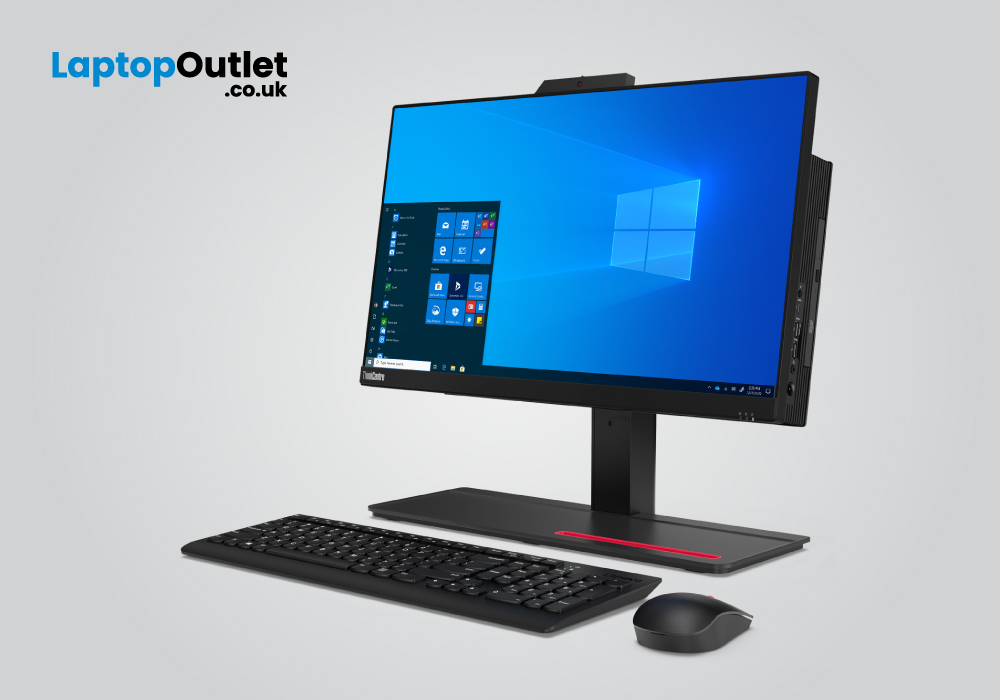
April 14, 2022
A profound business desktop computer maintains its speed and performance to the best of what you must find in the market. The best Lenovo desktop computers are aimed for business enthusiasts and high-tech multitaskers.
The right gaming desktop PC can double any professional experience and enhance the overall quality of work. With Lenovo desktop computer, one thing you will surely get to observe is the right kind of combination. Whether it’s the specs assembly, extra feature addition or generous connectivity choices, these computers can deliver it all.
Business organizations need huge office desk setup where devices like desktop PCs work best. Besides high competition in the tech market, Lenovo has evidently made its impact in excellent all-rounder performances. A business can be an enterprise, a dedicated organization or just a startup, but having a reliable business solution means having a good desktop computer.
For a business, every desktop computer might need a different requirement.
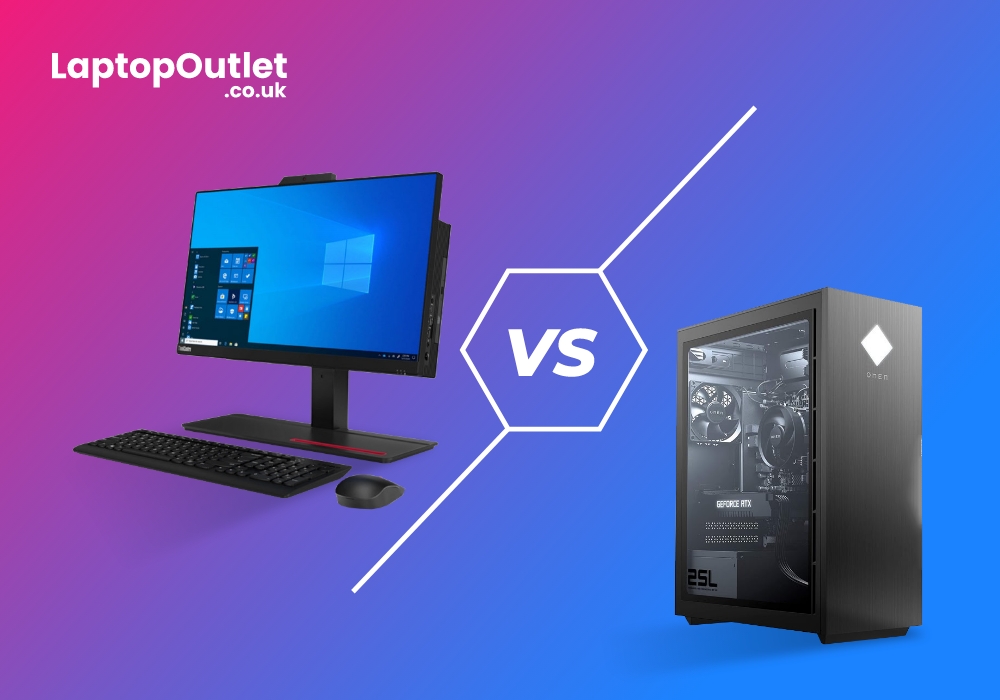
May 30, 2022
While most gamers understand the thrill of playing their favourite games on a large screen monitor with high-resolution graphics kept on a pedestal with a custom-made gaming desk, they are also beginning to wonder whether gaming laptops are good, if not better, option. It's not surprising - the tech market has seen a steady increase in gaming laptop sales, and manufacturers of these laptops are focusing on wooing their gamer audiences with cutting-edge innovations in GPUs, display resolutions, and high-speed processors.
Gaming laptops have undoubtedly emerged as a viable option for gamers, promising to provide everything a serious gamer may require to enjoy a high-quality gaming experience. So, if you've ever wondered how a gaming laptop compares to a gaming desktop, and which is the better option, here's a good place to start.
Aside from the obvious differences between a laptop and a PC, there are some gaming-specific differences between the two. If you're debating between the two,
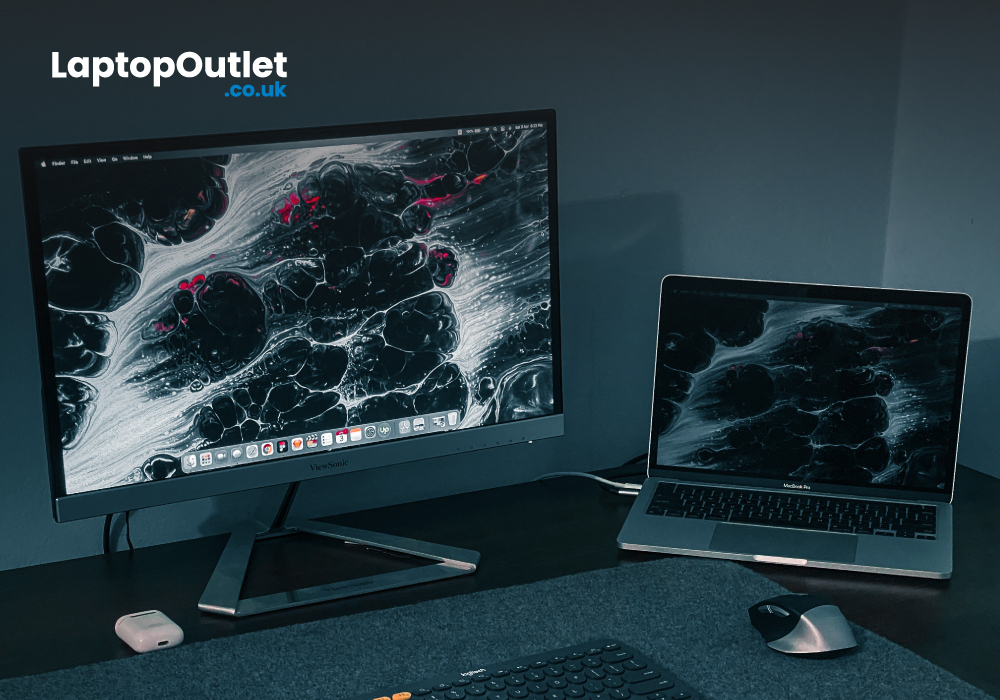
June 07, 2022
Over recent years, the number of people buying refurbished tech over new has rapidly increased over all bases, from smartphones to gaming consoles, tablets to desktops. But what does refurbished even mean, and what difference does it make in real life when purchasing? Good question!
When a device is refurbished, this means it is pre-owned but has undergone tests and restoration to ensure it is of a perfect working order to be owned again. This is the ideal alternative for customers who want to save money on their purchases and/or help reduce their carbon footprint. At Laptop Outlet, we believe in doing our part to help the environment whilst giving you great savings in the process, which is why we stock a broad selection of refurbished technology. If you’re looking to purchase a refurbished product for the first time or simply want to know more about the benefits, then read on!
They are kinder to the environment
With every refurbished device purchased, the energy that would have
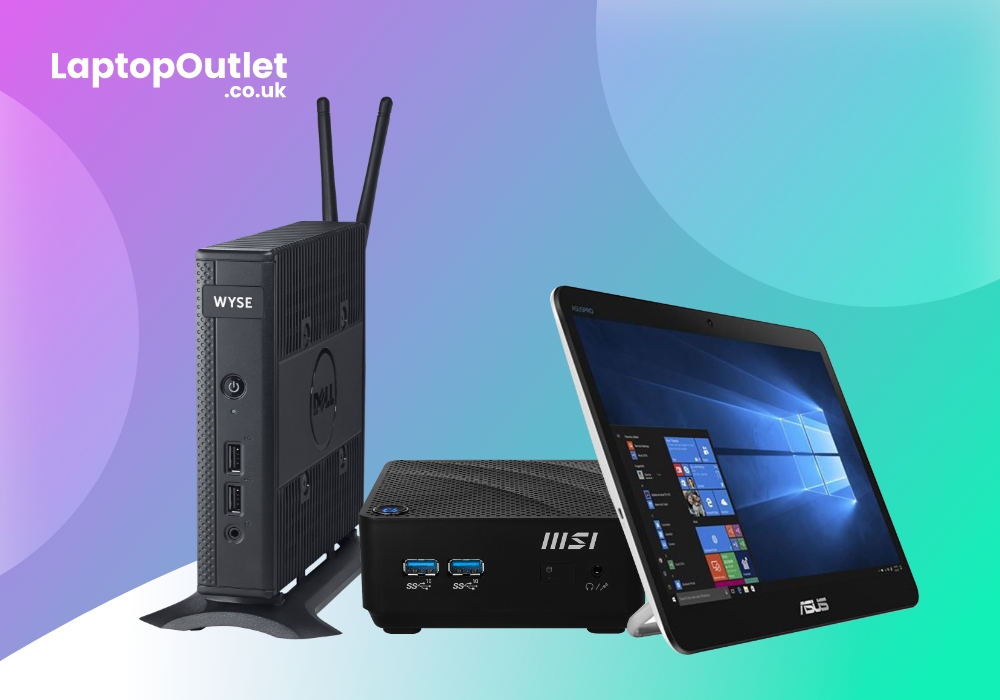
April 03, 2023
Since the outbreak of COVID-19, IT professionals have strongly recognised the need to step into another tech world. Without a doubt, the technological sector has evolved at a rapid pace. The rapid development of modern technology has facilitated a quickening of the speed of change and development. The COVID-19 pandemic has changed a lot more than just the technology industry, as it has made IT professionals realise that their position will not remain the same in tomorrow's contactless world. In addition, an IT worker in 2023–2024 will be in a perpetual state of education (out of necessity, if not desire). By the end of 2023, advances in natural language processing and machine learning will have made AI more commonplace. This technology allows AI to learn more about us and accomplish more difficult jobs. It is predicted that 5G will significantly alter our daily routines and the way we conduct business. In what ways does this affect you? This requires keeping up with the newest technological

